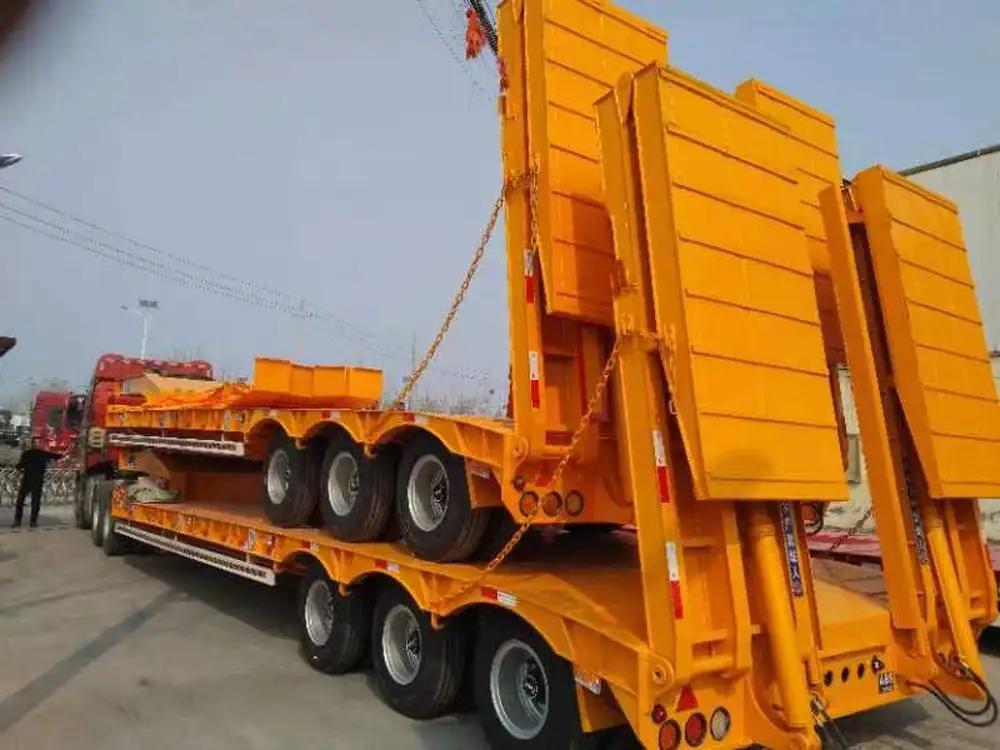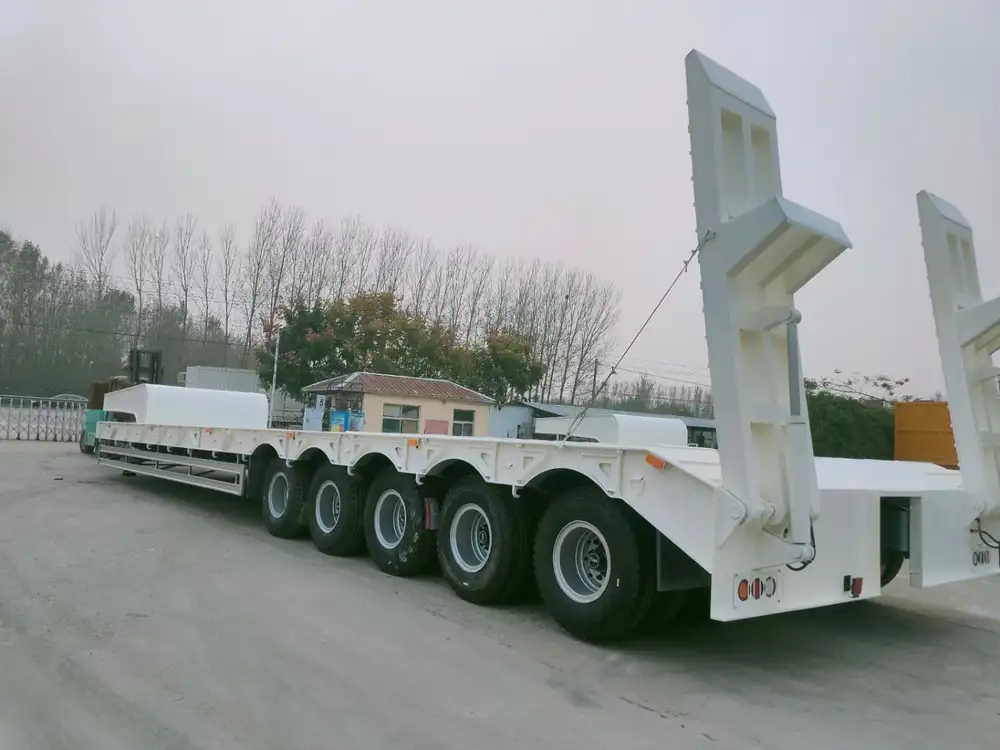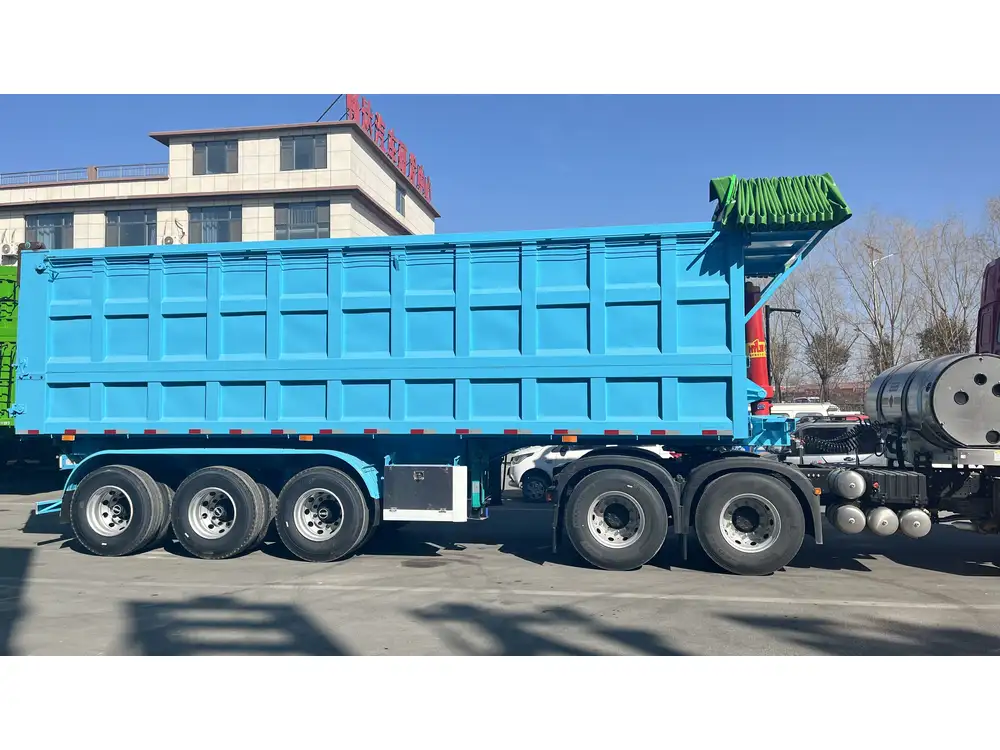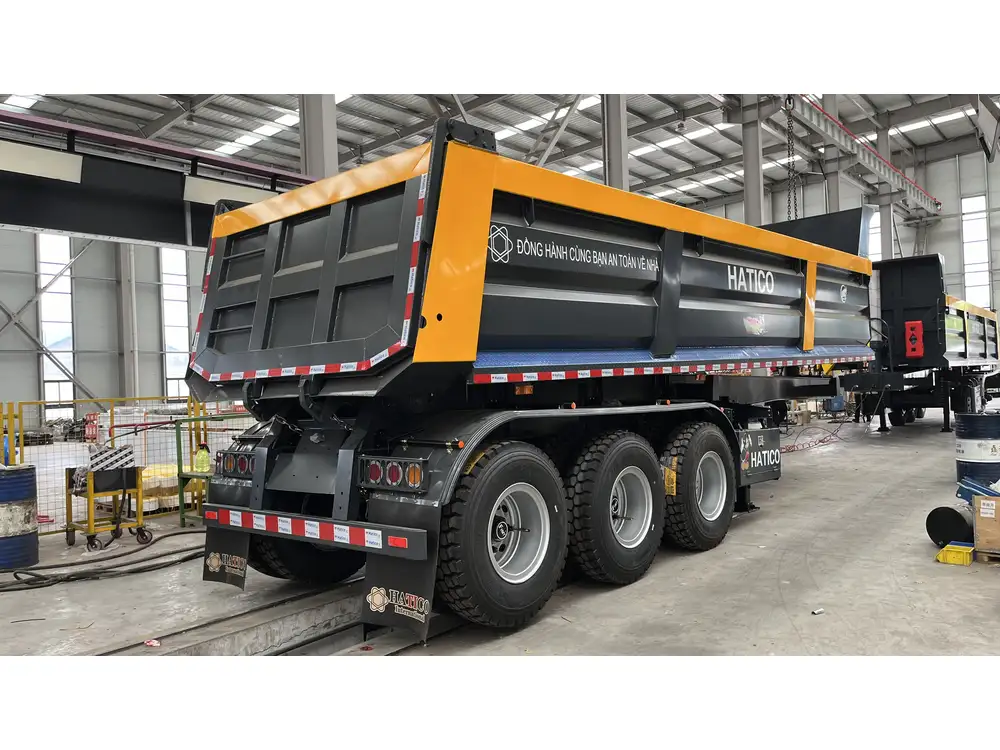Installing a water tank in a travel trailer is a significant undertaking, crucial for ensuring you have a reliable water supply during your adventures. With the right tools, knowledge, and preparation, this task can be completed efficiently and effectively. Below, we delve into the step-by-step process to install a water tank in a travel trailer, addressing common concerns, potential pitfalls, and offering valuable tips along the way.
Table of Contents
- Understanding Your Water Needs
- Choosing the Right Water Tank
- 2.1 Tank Types
- 2.2 Sizing Your Water Tank
- Tools and Materials Required
- Preparation Before Installation
- 4.1 Safety Precautions
- 4.2 Planning Your Layout
- Step-by-Step Installation Process
- 5.1 Removing Existing Components
- 5.2 Installing the New Water Tank
- 5.3 Connecting the Plumbing
- 5.4 Setting Up the Electrical System
- Testing the System
- Troubleshooting Common Issues
- Maintenance Tips for Longevity
- Conclusion
1. Understanding Your Water Needs
Before embarking on your installation journey, it is crucial to assess your water consumption needs. Consider how many people will use the trailer and what activities will require water—cooking, washing, showering, and drinking. This evaluation will inform the size and type of tank you require.

2. Choosing the Right Water Tank
Selecting the appropriate water tank determines both the functionality and efficiency of your water system.
2.1 Tank Types
Water tanks are typically constructed from various materials, including:
- Plastic Tanks: Affordable and lightweight, but can be less durable.
- Stainless Steel Tanks: Highly resilient and resistant to rust; ideal for longevity.
- Aluminum Tanks: Lightweight with good corrosion resistance but may have a higher initial cost.
2.2 Sizing Your Water Tank
Size is critical and can range widely. Consider the following:
| Usage Type | Recommended Capacity |
|---|---|
| Solo Traveler | 15-30 gallons |
| Couple | 30-50 gallons |
| Family (4 +) | 50-100 gallons |

3. Tools and Materials Required
Gather the following tools and materials to facilitate a smooth installation process:
Essential Tools
- Drill and Drill Bits
- Wrenches and Pliers
- Saw (for cutting as needed)
- Level
- Measuring Tape
Materials
- Water tank
- Pipes (PVC or PEX)
- Fittings and Connectors
- Hoses
- Sealant
- Support brackets

4. Preparation Before Installation
Preparation is paramount to a successful installation.
4.1 Safety Precautions
Ensure you follow these protocols:
- Wear safety goggles and gloves to protect against sharp edges and debris.
- Ensure adequate ventilation in your work area.
- Disconnect the power supply to avoid electrical hazards.
4.2 Planning Your Layout
Research your trailer’s layout to determine the optimal tank location. Ideally, the tank should be positioned low to maintain stability and avoid undue stress on the trailer frame. Sketch a plan that includes:
- Tank placement
- Pipe routing
- Access points for filling and emptying

5. Step-by-Step Installation Process
The installation process can be broken down into clearly defined steps.
5.1 Removing Existing Components
Begin by:
- Disconnecting water lines and draining existing water.
- Safely removing the old tank if present, ensuring all connections are detached.
5.2 Installing the New Water Tank
Position the Tank: Using your pre-determined layout, place the tank in its designated spot.
Secure the Tank: Attach support brackets to secure the tank firmly.
Check Level: Use a level to ensure the tank is even, making adjustments as necessary.

5.3 Connecting the Plumbing
Cut Pipes to Length: Measure and cut your pipes to connect the water tank to the existing plumbing system.
Attach Fittings: Use fittings to create secure connections that prevent leaks. Apply sealant to threaded connections for added durability.
Install Drain and Fill Lines: Set up the drain line to empty the tank and the fill line for easy access when replenishing water.
5.4 Setting Up the Electrical System
- Decide on the type of pump you are using (12V DC or 120V AC).
- Connect the pump to the tank and integrate it with your power supply.
- Make sure to follow manufacturer’s specifications for all electrical connections to ensure safety and functionality.
6. Testing the System
Once everything is installed, it’s crucial to test your newly installed water system before heading out:
- Fill the Tank: Use the fill line to add water and check for leaks during this process.
- Power Up the Pump: Turn on the pump to check its functionality. Test both the flow and pressure by opening a faucet.
- Inspect Connections: Monitor for any leaks or weak spots in the connections.

7. Troubleshooting Common Issues
Even with thorough preparation and installation, issues may arise. Here’s how to address common problems:
Inadequate Water Pressure
- Check for Clogs: Inspect the pump and lines for clogs.
- Adjust Pump Settings: Ensure the pump is correctly configured.
Leaking Connections
- Tighten Fittings: Sometimes, simply tightening the connections can resolve leaks.
- Use Sealant: Reapply sealant where necessary to ensure no water escapes.

8. Maintenance Tips for Longevity
To prolong the lifespan of your water tank and plumbing system, follow these maintenance tips:
- Regular Inspection: Routinely check for leaks and wear on hoses and connections.
- Clean the Tank: Occasionally, drain and clean the tank to prevent algae or sediment buildup.
- Winterize Properly: If storing the trailer during cold months, ensure the system is winterized to prevent freezing.
9. Conclusion
Installing a water tank in a travel trailer is a manageable project that enhances the experience of any traveler. With detailed planning, proper material selection, and following the outlined steps, you can successfully integrate a functional water system that meets your personal needs. Coupled with regular maintenance, your water system will serve you well, providing comfort and convenience during your adventures on the road.
By adhering to this comprehensive guide, we empower you with the knowledge and confidence needed for the installation process. Enjoy your travels!



